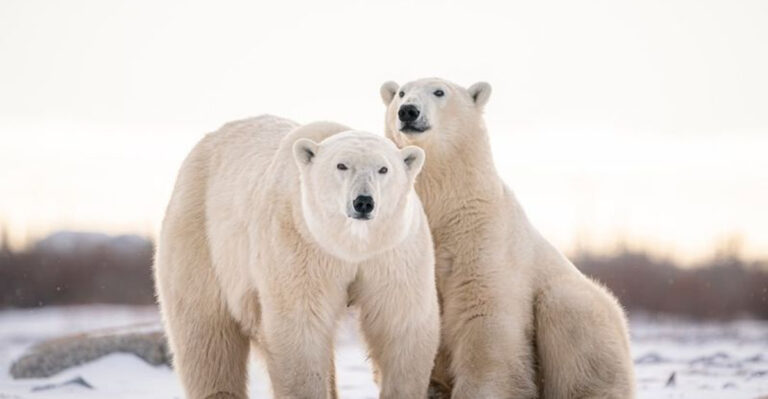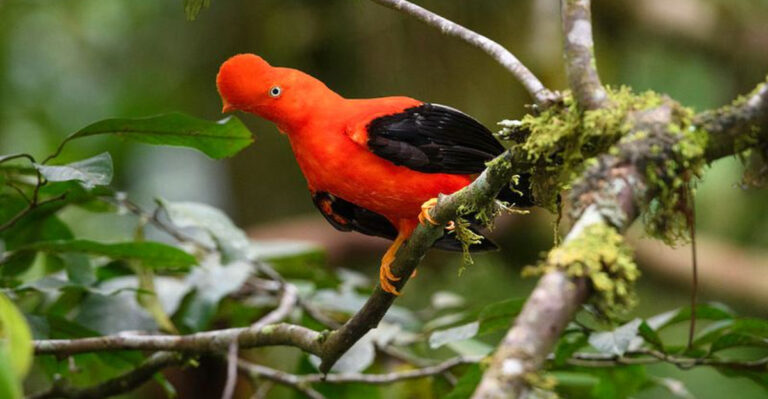13 Life-Saving Signals Animals Use To Warn Others Of Predators

Ever noticed how animals seem to vanish right before danger strikes? That’s no coincidence – it’s communication in action!
Animals have evolved remarkable ways to alert their families and neighbors when predators lurk nearby. These warning signals can mean the difference between life and death in the wild, where quick reactions are essential for survival.
Tail-Flagging White-Tailed Deer
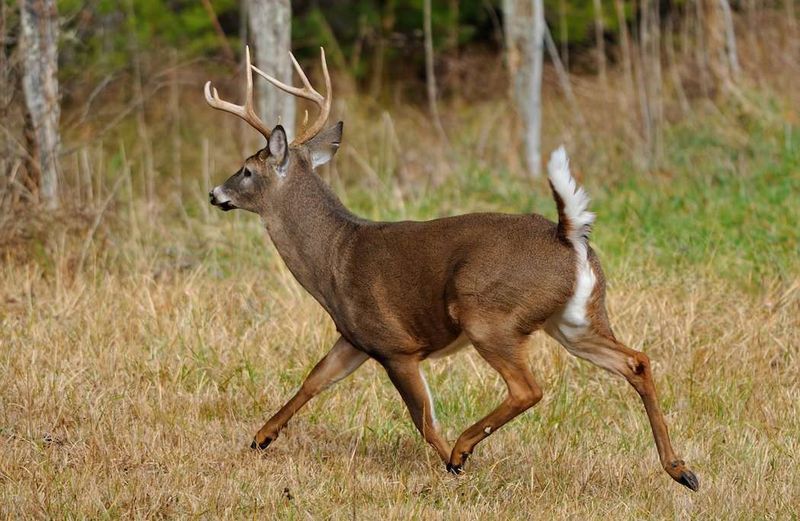
Flash! The white underside of a deer’s tail becomes a brilliant beacon when danger approaches. This “flagging” motion – a quick flip of the tail revealing its bright white patch – signals to other deer that something’s not right.
What’s fascinating is how this warning works at different distances. Nearby deer see the flash, while those farther away notice the bouncing white flag as the deer bounds away from danger.
Prairie Dog’s Vocal Alarms
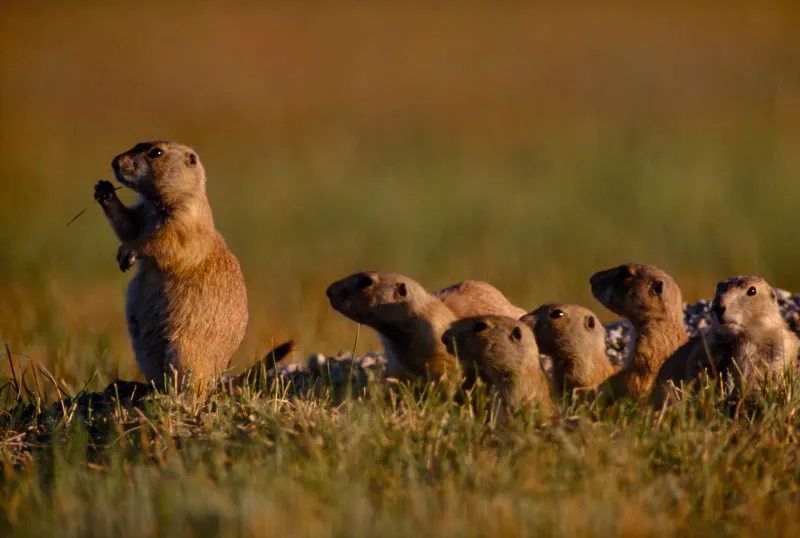
Yip-yip-yip! Those sharp calls echoing across the grasslands aren’t random chatter – they’re sophisticated warning systems.
Prairie dogs have developed specific calls that describe not just the presence of danger, but what kind of predator approaches. Scientists have discovered these rodents can communicate whether the threat comes from the air or ground, and even details about the predator’s size, shape, and color. It’s like a tiny news broadcast for the colony!
Stomping Rabbits

Bang! That surprising thump isn’t a dropped book – it’s a rabbit’s rear foot hitting the ground with impressive force.
When rabbits detect danger, they perform this dramatic stomp before dashing to safety. The vibrations travel through the ground, alerting nearby rabbits who might not have spotted the threat. Some scientists believe the sound may even startle predators, giving the rabbit precious extra seconds to escape.
Honeybee Waggle Dance
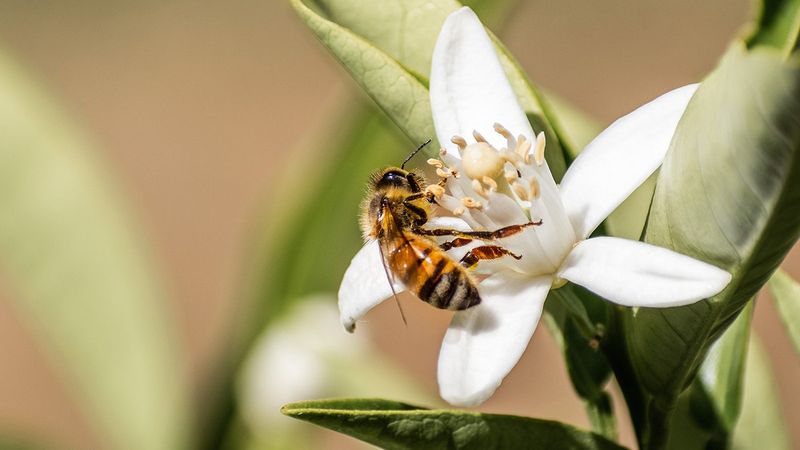
Buzzing with urgency, honeybees perform a special figure-eight dance pattern when they spot trouble. This isn’t their famous food-location dance – it’s a distinct movement pattern specifically for danger alerts.
Other bees feel the vibrations through the honeycomb and quickly prepare for defense. The dance can warn about predators like hornets or even human beekeepers approaching the hive. This collective warning system helps protect their precious queen and honey stores.
Meerkat Sentinel Calls

Standing tall on the highest rock, a vigilant meerkat scans the horizon while its family forages below. These dedicated lookouts take turns as sentinels, sacrificing their own feeding time to keep watch.
When danger looms, they belt out specific alarm calls – different sounds for aerial predators versus ground threats. The entire clan responds instantly, either freezing in place or diving into burrows depending on the warning type.
Squirrel Tail Flags

Flick, twitch, wave! A squirrel’s tail becomes an animated semaphore flag when danger threatens the neighborhood.
The rapid movements aren’t random – they’re deliberate signals to other squirrels. What looks like nervous energy is actually a sophisticated communication system. Different tail movements indicate different threats. A quick side-to-side flick might signal a ground predator, while a circular motion could warn of an aerial threat.
Alarm Calls Of Vervet Monkeys

Chattering through the treetops, vervet monkeys have developed one of the most sophisticated vocal warning systems in the animal kingdom. Different predators trigger completely different calls – one sound for snakes, another for eagles, and a third for leopards.
Young monkeys actually learn these calls through observation. When they hear the eagle alarm, they look up. Snake warnings make them peer at the ground. This specialized language ensures the right escape response for each threat.
Elephants’ Subsonic Rumbles
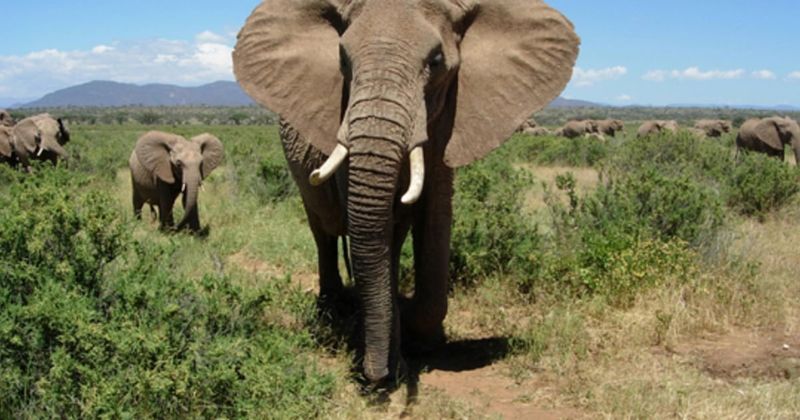
Feeling a strange vibration underfoot? Elephants might be sending danger alerts you can’t even hear! These gentle giants produce powerful infrasound rumbles – sounds so low-pitched that human ears can’t detect them.
These vibrations travel through the ground for miles, warning distant herds about approaching predators or human threats. Amazingly, other elephants can determine the direction and distance of danger just from these subsonic messages.
Birds’ Mobbing Behavior
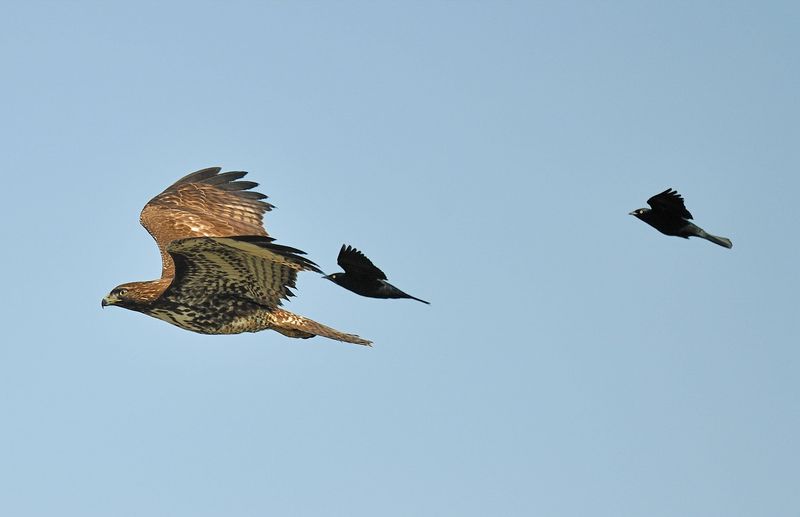
Swooping and screeching, a group of small birds dives repeatedly at a perched owl. This isn’t random harassment – it’s a coordinated warning system called mobbing. The commotion alerts all nearby birds to the predator’s location.
Different bird species recognize and respond to each other’s mobbing calls, creating a neighborhood watch program across species lines. Even mammals like squirrels understand these avian alarm signals and join the warning chorus!
Chemical Alerts From Ants
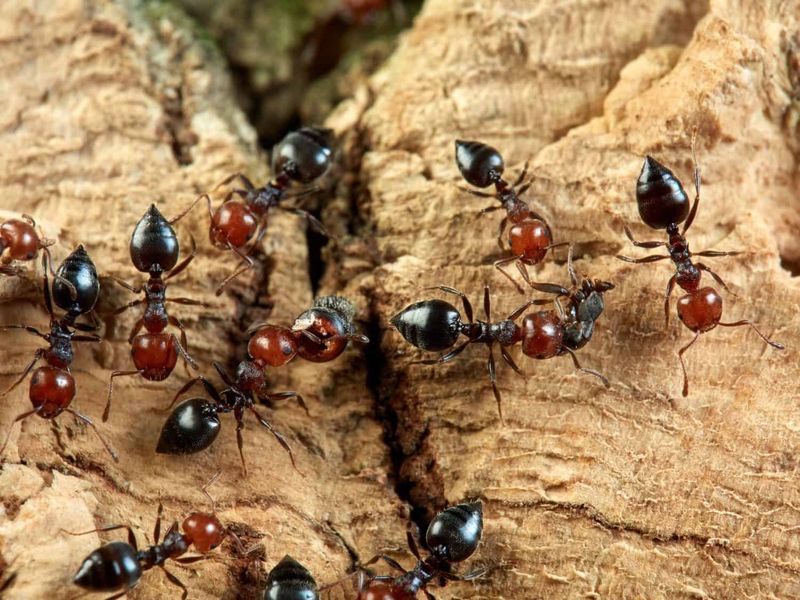
Scent trails aren’t just for finding food – they’re lifelines in the ant world! When danger threatens, scout ants release specific alarm pheromones that trigger immediate defensive responses from their nestmates.
Different chemical signals can mean different things: some call for reinforcements, others order an evacuation. The most amazing part? These invisible chemical warnings spread through the colony faster than any visual or sound signal could travel!
Kangaroo Ground Thumps
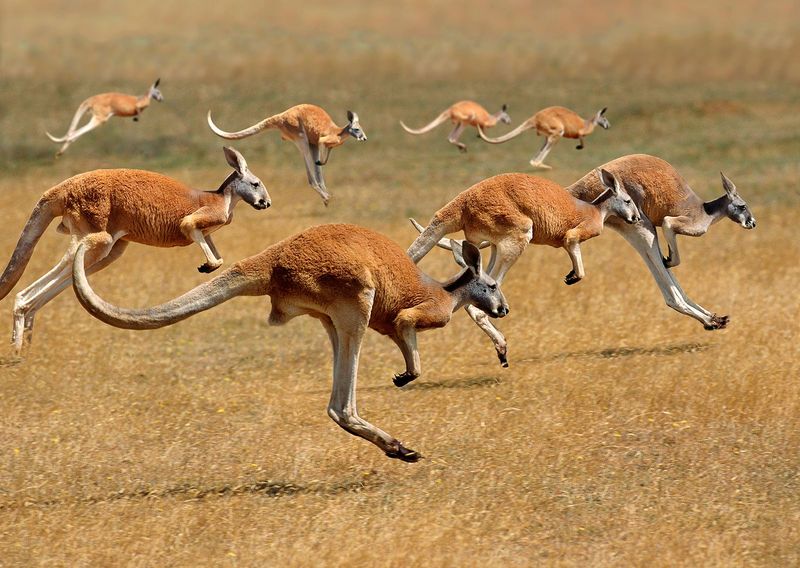
Boom! The sound of a kangaroo’s powerful hind leg striking the ground echoes across the Australian outback. This dramatic stomping isn’t just a show of strength – it’s a sophisticated warning system for the mob.
The vibrations travel through the ground, alerting distant kangaroos to danger. What’s clever is how this signal works in multiple ways – it warns others while simultaneously startling predators and preparing the kangaroo’s own muscles for a rapid escape.
Chickens’ Predator-Specific Calls
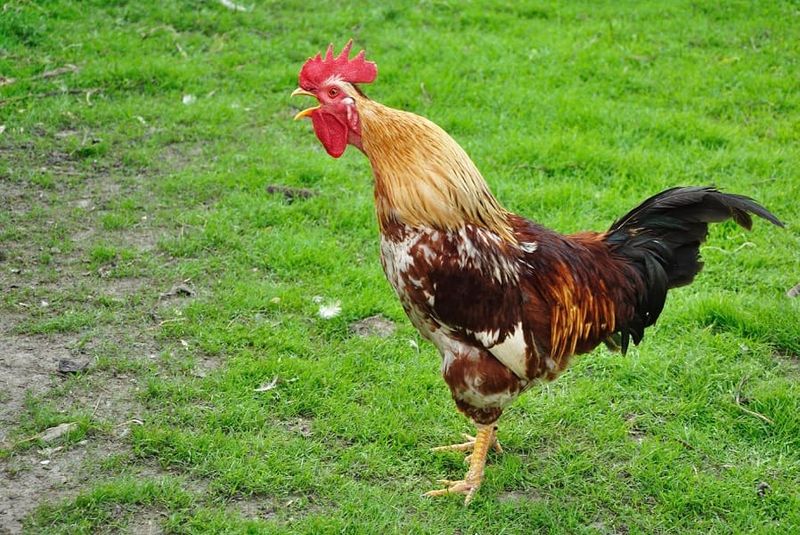
Clucking isn’t just random chicken talk! Farmyard fowl actually have distinct alarm calls for different threats. One call warns about aerial predators like hawks, while another signals ground threats like foxes.
The aerial warning makes other chickens look up and seek cover. Ground predator alerts cause them to stand tall and scan the horizon. Even chicks just a few days old understand these different signals – it’s hardwired into their brains!
Whale And Dolphin Warning Whistles

Beneath the waves, dolphins and whales maintain complex social networks through sound. When danger approaches – whether sharks, orcas, or human boats – they emit distinctive whistle patterns that carry for miles underwater.
Pod members recognize not just general alarm calls but can identify which individual is making the warning! This helps them gauge the threat level based on which pod member spotted it. Some species even mimic the warning calls of others to create multi-species protection networks.




